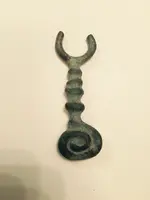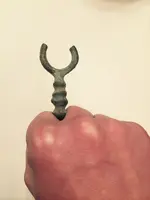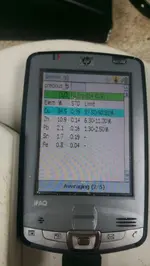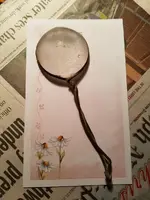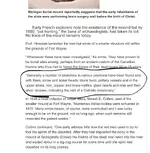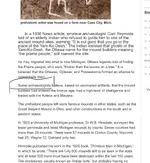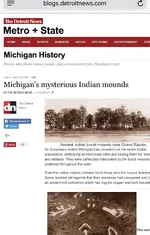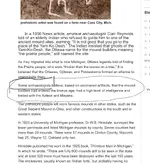The article itself states that the glass, brass, iron, copper and silver found in the mounds indicate the visit of a Catholic missionary.
Natives of North America did not mine zinc or iron, smelt metals or cast metals. They did not make glass objects or Copper kettles. Brass was never created in native North America. Brass does not form an alloy with Lead because Lead does not dissolve in Copper. The Brass in your piece contains lead and it was cast. It could not be a pre-colombian native American made article.
I do find your found piece interesting. I would like to know when it was created and for what purpose. Following down the fantasy trail of thinking it could be native American made is a major departure from the known facts about the piece and is counter productive if you really want to know what it is. I'll keep looking for an answer to your question but that answer not going to be found in a mound.



